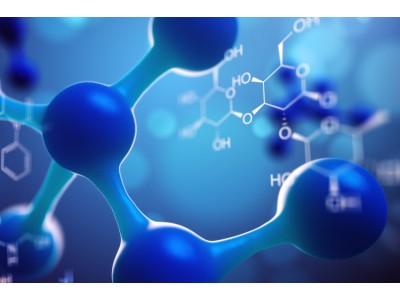| Bioactivity | Pergolide mesylate (Pergolide methanesulfonate), an Ergoline derivative, is a potent and orally active dopamine D1 and D2 receptors agonist. Pergolide mesylate can be used for Parkinson's disease and hyperprolactinaemia research[1][2]. |
| Invitro | Pergolide (10 nM-50 μM) treatment dose-dependently inhibits H2O2-induced cell death in SH-SY5Y neuroblastoma cells. Pergolide protects SH-SY5Y neuroblastoma cells from cell death specifically induced by H2O2, acting in very low concentrations (nanomolar range) and in very early stages of the neurotoxic intracellular process[2]. Cell Viability Assay[2] Cell Line: |
| In Vivo | Pergolide (0.3 mg/kg; intraperitoneal injection; daily; 11 days) treatment reduces the number of working/reference memory errors a 6-OHDA-induced rat model of Parkinson's disease. Pergolide facilitates spatial memory and improves brain oxidative balance[3] . Animal Model: |
| Name | Pergolide mesylate |
| CAS | 66104-23-2 |
| Formula | C20H30N2O3S2 |
| Molar Mass | 410.59 |
| Appearance | Solid |
| Transport | Room temperature in continental US; may vary elsewhere. |
| Storage | 4°C, sealed storage, away from moisture *In solvent : -80°C, 6 months; -20°C, 1 month (sealed storage, away from moisture) |
| Reference | [1]. S Franks, et al. Effectiveness of pergolide mesylate in long term treatment of hyperprolactinaemia. Br Med J (Clin Res Ed). 1983 Apr 9;286(6372):1177-9. [2]. Daniela Uberti, et al. Pergolide protects SH-SY5Y cells against neurodegeneration induced by H(2)O(2). Eur J Pharmacol. 2002 Jan 2;434(1-2):17-20. [3]. Alin Ciobica, et al. The effects of pergolide on memory and oxidative stress in a rat model of Parkinson's disease. J Physiol Biochem. 2012 Mar;68(1):59-69. |

Pergolide mesylate
CAS: 66104-23-2 F: C20H30N2O3S2 W: 410.59
Pergolide mesylate (Pergolide methanesulfonate), an Ergoline derivative, is a potent and orally active dopamine D1 and D
Sales Email:peptidedb@qq.com
This product is for research use only, not for human use. We do not sell to patients.